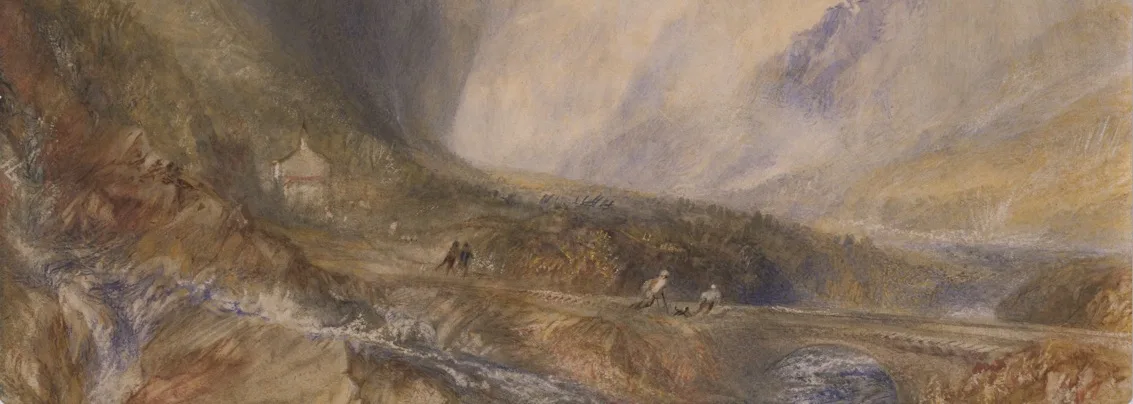Vincent van Gogh once described the drawings of Victor Hugo as “astonishing things”, and people seeing the Frenchman’s artwork for the first time today may well be equally astounded. The exhibition Astonishing Things at the Royal Academy London is the first time in more than half a century that the public will be able to admire Victor Hugo’s haunting ink and wash drawings.
Although Hugo was globally renowned as a writer, responsible for such timeless novels as Les Misérables and The Hunchback of Notre Dame, what is less well known is that he was also a gifted artist.
Displaying more than 70 pieces from major European collections, Astonishing Things traces Hugo’s fascination with drawing, from his early caricatures and travel sketches to his landscapes infused with high drama and his magnetic, abstract experimentations.
Victor Hugo’s ink and wash drawings evince a captivating, often wild imagination, and yet they were hardly ever exhibited during his lifetime. Despite this, his art proved an inspiration to Symbolist poets and many painters, from the aforementioned van Gogh and Surrealists André Breton and Max Ernst, to contemporary artists such as Raymond Pettibon and Antony Gormley RA.


Left, Victor Hugo, Mirror with Birds, 1870. Hand-painted and inscribed wooden frame, oil paint, varnish. Maisons de Victor Hugo, Paris / Guernsey. Photo: CCØ Paris Musées / Maisons de Victor Hugo.
Right: Victor Hugo, Octopus, 1866–69. Brown ink and wash and graphite on paper. Bibliothèque nationale de France, Département des Manuscrits
Victor Hugo was a very prominent public figure in 19th-century France. In addition to his work as a novelist, he was celebrated as a poet and politician. During a twenty-year exile on the Channel Islands, he became emblematic of the ideals of the French Republic: liberté, égalité, fraternité. But away from his very public persona, he sought refuge in drawings.
Astonishing Things is organised into four sections. The first is “Writing and Drawing,” which interrogates the relationship between Hugo’s artistic and literary work.
The second section, “Observation and Imagination,” investigates the artist’s drawing process, exploring the array of materials Hugo used, from fine pencil to wet inks.
Next, “Fantasy and Reality” examines one of Hugo’s most enduring artistic leitmotifs: castles. A wonderful draughtsman, he employed memory, observation, and imagination to portray a wide variety of castles, ranging in tone from the evanescent and romantic to the unremittingly bleak.
The final section focuses on another of Hugo’s abiding preoccupations, “The Ocean”. It features drawings associated with Les Misérables, such as “Chain” (1864).
The exhibition demonstrates that Victor Hugo’s drawings of dreamlike castles, chimeric monsters and hallucinatory seascapes are as vivid and visionary as any of his writing.
Prepare to be astonished.
Author: James Rampton
Astonishing Things: The Drawings of Victor Hugo
Royal Academy of Arts
Burlington House, Piccadilly, London W1J 0BD21st March – 29th June 2025 More information and tickets, HERE.
Lead image: Victor Hugo, The Town of Vianden, with Stone Cross, 1871. Brown and black ink, brown and purple wash, graphite and varnish on paper. Bibliothèque Nationale de France, Département des Manuscrits. Image cropped from the original due to formatting restrictions.
You may also be interested in reading about these other exhibitions: Siena, The Raise of Painting, at the National Gallery, London; Arpita Singh: Remembering, at the Serpentine North, London; and Anselm Kiefer: Early Works, at the Ashmolean Museum, Oxford.

















Show Comments +